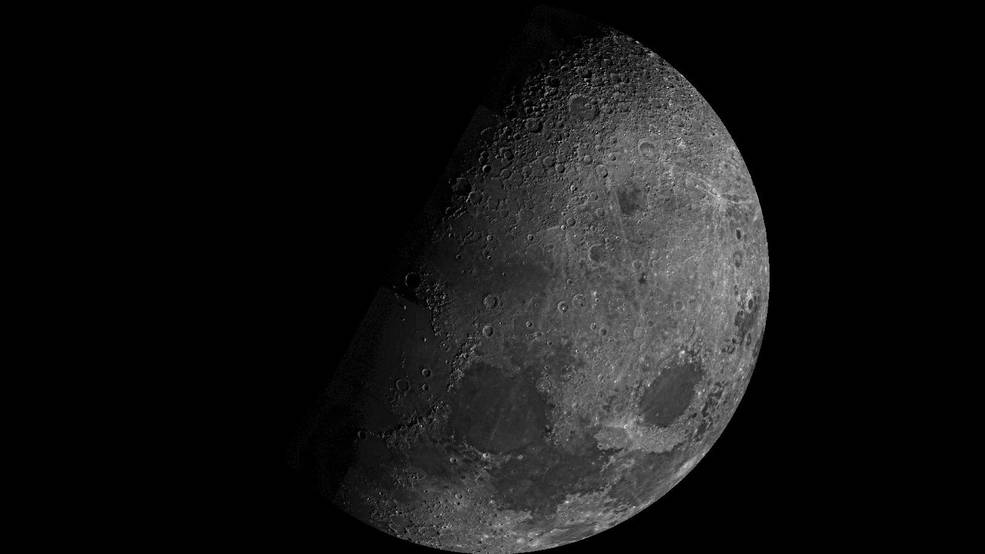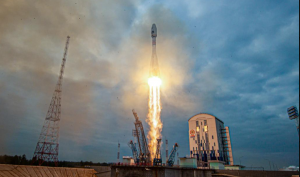A government audit, released on Monday, said that the return of humans to the Moon, which was already postponed by NASA from 2024 to 2025 last week, will take place in 2026 “at the earliest”.
According to NASA’s auditing body, the Office of Inspector General, said in a report that the Artemis programme to return Americans to the Moon is experiencing “technical difficulties and delays exacerbated by the COVID-19 pandemic and weather events.”
Also Read | For on-screen and real-life Snoopy, the cosmos beckons
“NASA’s goal to land astronauts on the Moon’s South Pole in late 2024 faces multiple significant challenges including major technical risks, an unrealistic development schedule, and lower-than requested funding levels,” the report said.
First, the new space suits needed for the mission will not be ready “until May 2025 at the earliest,” it said, noting “technical challenges and lack of funding.”
Also Read | Returning American astronauts to the moon by 2024 not feasible: NASA watchdog
Secondly, the development of the “human landing system,” or HLS, which has been entrusted to SpaceX, will “likely” be delayed. The lander, dubbed Starship, will transport astronauts from a lunar orbit to the Moon’s surface in a capsule launched by NASA.
Thanks to a system that “manufactures many engine parts and components in-house,” the Inspector General’s office praised SpaceX’s production for its “quickness”.
Also Read | Jeff Bezos’ open letter to NASA offers $2 billion discount on moon lander
The OIG said 20 Starship prototypes and 100 Raptor engines had already been built during visits to headquarters in California and factories in Texas in August.
According to the audit, while the average time between awarding a contract and the first flight has been eight and a half years in the past 15 years, SpaceX is expected to accomplish this feat in half that time.
“Given the time needed to develop and fully test the HLS and new spacesuits, we project NASA will exceed its current timetable for landing humans on the Moon in late 2024 by several years,” the report concluded.
Artemis 3 is the name of the mission, which will be the modern-day equivalent of Apollo 11. Artemis 2, which will take astronauts to the Moon but not land, will come before it.
Artemis 1 will make the journey to the Moon before that, but without an astronaut. This mission is supposed to take place in February 2022, but according to the audit, it will take place “in the summer of 2022”.
The lunar programme was also found to be too costly, according to the OIG report. As per the report’s estimates, it will cost up to $93 billion by fiscal year 2025, with a cost per launch of $4.1 billion for the first four missions. The space agency, financed by US taxpayers, must “identify ways to reduce costs”, it said.







